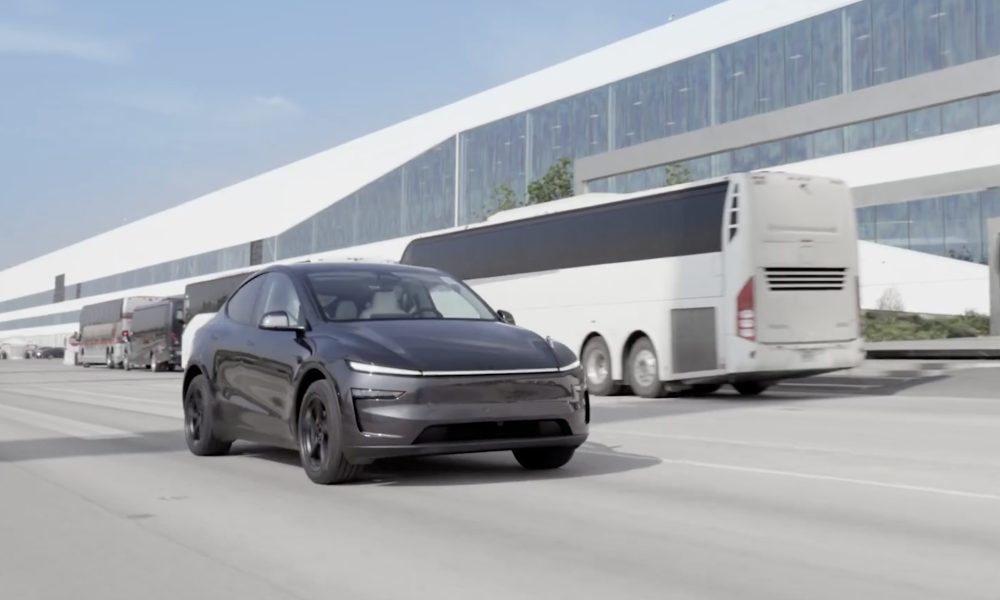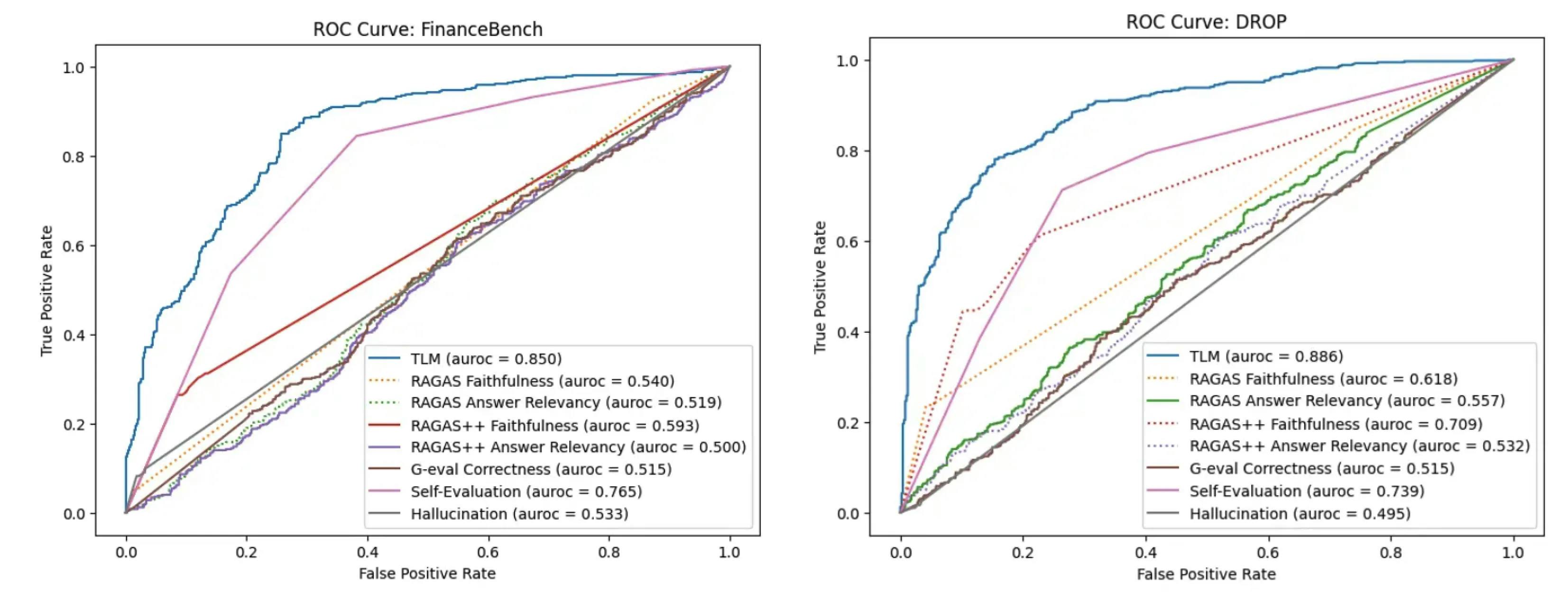Amazon will try a new twist on local deliveries at a shuttered site in Seattle’s Ballard neighborhood: a retail-style delivery hub for rapid dispatch of Amazon Flex drivers.
Permit filings describe it as a store in which no customers will ever set foot. Instead, Amazon employees will fulfill online orders — picking and bagging items in a back-of-house stockroom, placing the completed orders on shelves at the front of the space, and handing them off to Amazon Flex drivers for rapid delivery in the surrounding neighborhood.
The documents outline a continuous flow in which drivers arrive, scan in, retrieve a packaged customer order, confirm it with an associate, and depart within roughly two minutes. The operation is expected to run 24 hours a day, seven days a week.
It will operate “much like a convenience store,” Amazon says in one filing.
The plans for the former Amazon Fresh Pickup site, at 5100 15th Ave. NW, haven’t been previously reported. The project uses the code “ZST4,” with the “Z” designation representing a new category of Amazon site that aligns with the recently introduced “Amazon Now” delivery type — short, sub-one-hour delivery blocks from dedicated pickup locations.

Recent screenshots shared by Amazon Flex drivers on Facebook show Amazon Now at similarly named sites, such as ZST3 in Seattle’s University District and ZPL3 in Philadelphia, suggesting the Ballard project is part of a broader rollout of small, hyperlocal delivery operations.
It’s part of Amazon’s larger push into “sub-same-day” delivery — in which smaller, urban fulfillment centers carry a limited set of high-demand items for faster turnaround. The company has been trying different approaches in this realm for several years, looking for the right combination of logistics and economics.
Amazon is far from alone in exploring new models for ultrafast delivery. GoPuff, DoorDash, Uber Eats, Glovo, FreshDirect and others all operate variations of quick-commerce or micro-fulfillment networks, often using partnerships or “dark stores” — retail-style storefronts that are closed to the public and used solely to fulfill online orders at high speed.
Amazon’s Flex program launched 10 years ago. Flex drivers are independent contractors who deliver packages for the company using their own vehicles, signing up for delivery blocks through the Amazon Flex app. The program has often been described as Uber for package delivery.
What’s different about the new Seattle site, and the Amazon Now initiative, is the speed and simplicity of the operation, as described in the filings. It emphasizes rapid handoffs, with drivers cycling through in minutes rather than loading up for longer delivery routes.
The permit filings emphasize that some delivery drivers will use personal e-bikes and scooters to make deliveries, reflecting the smaller size of the orders and the short distances involved.
Testing the economics
Supply-chain analyst Marc Wulfraat of MWPVL International, who tracks Amazon’s logistics network, said the approach is similar to its legacy Prime Now and Amazon Fresh local delivery sites, with the twist of operating more like a store than a warehouse, based on Amazon’s description.
He said that could mean Amazon will stock perishable items in cooler displays in addition to shelf-stable goods. (That could align with Amazon’s recent effort to integrate fresh groceries directly into Amazon.com orders, letting customers add produce and other chilled items to standard same-day deliveries.)
The filing doesn’t detail the types of products to be available from the site, except that they will be “essential items and local products that are in-demand and hyper-focused on the needs of local customers within the community.”
“I tend to view these as lab experiments to test if the concept is profitable,” Wulfraat said.
The challenge with these small-format sites, he explained, is that each order tends to be low-value, which means the combined cost of fulfilling and delivering it can take up a large share of the revenue — raising questions about whether the model can be profitable.
Amazon has experimented with similar ideas before.
In late 2024, the company shut down “Amazon Today,” a same-day delivery program that used Flex drivers to pick up small orders from mall and brick-and-mortar retailers. CNBC reported at the time that the service struggled because drivers often left the stores with only one or two items, making the cost per delivery far higher than traditional warehouse-based routes.
That pullback illustrated the economic challenges of ultrafast delivery and smaller orders. But by operating the new Seattle “store” itself, the company should be able to control more of the variables, including inventory flow, pickup efficiency, and the labor required in the process.
Under the plan, the new Ballard hub will be staffed by four shifts of six to eight Amazon employees each — which translates into 24 to 32 employees per day. The site is expected to dispatch about 240 vehicles over a 24-hour period, with peak volumes of 15 to 20 trips per hour.

It will be the second time for this building to host an Amazon retail experiment. The site previously operated as one of only two standalone Amazon Fresh Pickup locations in the U.S., offering drive-up grocery retrieval and package returns for Prime members beginning in 2017.
Amazon closed the Ballard pickup site in early 2023 amid a broader pullback from several brick-and-mortar initiatives, shifting focus to other Amazon Fresh stores, Whole Foods, and online grocery delivery. The building has been closed since then.
Fitting into the zoning
The emphasis on the retail-style nature of the new Seattle delivery hub could also serve another purpose: helping ensure the facility fits within its retail-focused zoning designation.
The site is zoned for auto-oriented retail and service businesses, and permitted as a retail store for general sales and services, a classification Amazon secured in 2016 when converting the building from a restaurant. (It was previously the longtime location of Louie’s Cuisine of China.)
If the city agrees the new use qualifies as retail, Amazon may avoid a formal change-of-use review — a process that can trigger additional scrutiny, including updated traffic assessments, environmental checks, and requirements to bring older buildings up to current codes.
Amazon’s permit filing repeatedly uses retail terminology and describes Flex drivers as proxies for customers: “Our store will have a small front-of-house area where customer selected products are available for customer representatives (Amazon Flex Drivers) to come in to pick up the purchased products,” reads a narrative included in the filings, dated Oct. 31.
The approach could also double as a template for areas of the country where officials are cracking down on “dark stores” in retail corridors. Cities including New York, Amsterdam, and Paris have moved to regulate or ban micro-fulfillment centers from storefronts, arguing that they make urban cores less lively and violate zoning codes.
There’s no word yet on Amazon’s timeline for opening the new facility. We’ve contacted the company for comment on the project and we’ll update this post with any additional details.
[Thanks to the anonymous tipster who let us know to look for the filing. If you have newsworthy information to share on any topic we cover, email [email protected] or use our online form.]










